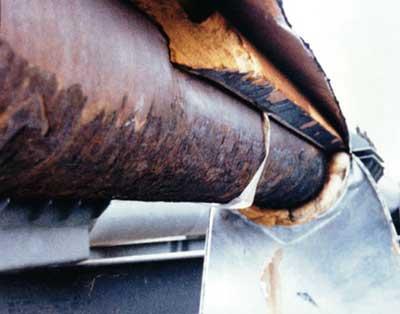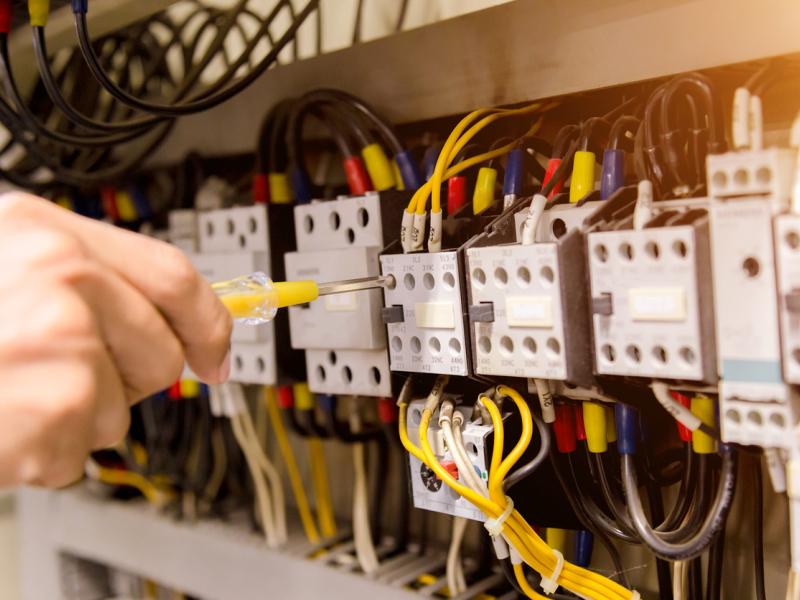|
METALLIC corrosion under insulation (CUI) is a significant economic and safety issue that can develop in pipes, tanks, and vessels when utilizing absorbing insulation. This is particularly a risk when systems operate at temperatures which allow moisture to exist in the liquid state. With carbon steel, the problem is one of acidity in the insulation, which can accelerate corrosion. With stainless steel, the problem is related to chloride content and/or transfer to the surface of the steel.
CUI can remain undetected for years because it is hidden by the insulation and the jacket. Often it is detected too late and equipment has to be replaced and there are costs associated with down time, lost productivity, or even total facility shutdown. Sudden, hazardous leaks are also possible which can result in the potentially catastrophic release of combustible or otherwise hazardous materials.
In order for corrosion under insulation to occur, a number of factors must be present. These are:
• Water: Must be present and can be introduced during insulation storage or installation; by internal leaks, ineffective waterproofing, or improper maintenance.
• Chemical content: Acidity is a big component in the development of CUI. If the pH level drops below 4, corrosion increases rapidly. Acidic corrosion is commonly associated with carbon steel. With austenitic stainless steel, the primary chemical concern is free chloride content in combination with mechanical stress.
• Temperature: Service temperatures between zero to 100 degrees Celsius allow water to exist as a liquid. Within this temperature range, the corrosion rate doubles for every 15 to 20 degrees Celsius in temperature increase. Because insulation may not be needed below 60 degrees Celsius or above 100 degrees, where evaporative drying may occur, the maximum corrosion potential often is between these two temperatures.
The cellular glass insulation solution
Cellular glass insulation resists the development of corrosion in three distinct ways.
It will minimize water intrusion and retention.
It will not accelerate the corrosion of carbon or stainless steels.
It is a natural barrier to corrosion contributing media (moisture, chlorides, atmospheric temperature, relative humidity, etc).
Article by Steve Oslica, director of marketing, Pittsburgh Corning Corporation.
|
Enquiries: Todd Lindsay
Market Manager – Insulation
Forman Building Systems
DDI: 09 270 1912
Mobile: 0274 950 028
Email: todd.lindsay@forman.co.nz
|






